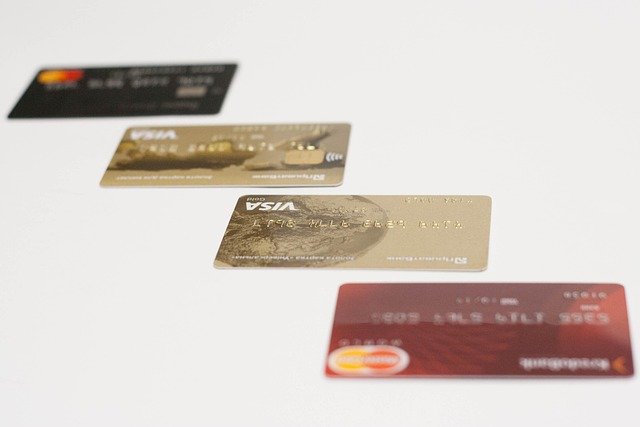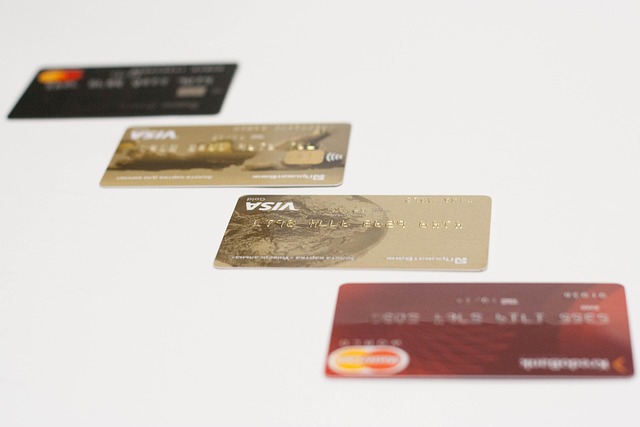Managing Credit Cards in Indonesia: Limits, Statements, Safety
Credit cards can be practical tools in Indonesia when managed with clear routines. This guide explains how issuers set and adjust limits, how to read monthly statements, and how to keep transactions secure. It also highlights the role of OJK and Bank Indonesia, and lists major issuers offering local services in your area.

Credit cards in Indonesia are widely accepted for everyday spending, travel, and online purchases, but they work best when you understand how limits, statements, and security measures come together. Indonesian banks assess affordability, rely on official credit data, and apply local rules for risk control. Knowing how these pieces fit helps you avoid unnecessary charges, keep your score healthy, and resolve issues faster with your bank.
How credit cards fit into loans and credit
Credit cards are a form of revolving credit. You are granted a limit, you use some of it, then you repay and the limit becomes available again. In practice, the same principles that apply to loans and credit apply here too. Many readers look for everything you need to know about loans and credits: a complete guide, everything you should know about loans and credit: full guide, and your complete guide to understanding loans and credit today. In Indonesia, banks review your repayment history, income stability, and existing obligations before approving a card or adjusting a limit. Responsible use, on-time payments, and low utilization generally improve eligibility for future credit products.
Setting and managing your credit limit
Your limit reflects the bank’s risk assessment at the time of application. It may be split into categories such as retail purchases and cash advances. Over time, issuers may offer an increase if income rises, balances are well managed, and there are no late payments. If you request a higher limit, expect the bank to ask for updated income documents and to check SLIK, the national credit information system managed under OJK. Keep utilization below a comfortable threshold so unexpected expenses do not push you into stress. If you prefer tighter control, you can ask your bank to lower your limit or set transaction caps on channels like online, contactless, or overseas use.
Reading Indonesian card statements
A statement summarizes activity for a billing cycle and shows the statement balance, minimum payment, and due date. You will also see transaction details, fees if any, installment plans, and interest charges on carried balances. In Indonesia, many issuers send statements by email or app notification and can arrange paper statements by request. Review each line item promptly, compare with your receipts, and dispute anything unusual. Pay attention to the posting date versus the transaction date, especially for online and foreign-currency purchases, as exchange rates and processing timelines can cause differences. Enrolling in e-statements and push alerts helps you track spending in real time.
Fees, interest, and repayment strategy
Each issuer sets its own fee schedule within local regulations. Common items include annual fees, cash advance fees, late charges, and interest on balances not fully paid by the due date. Installment features may carry separate terms. To reduce costs, aim to pay the full statement balance on time. If you cannot, prioritize paying more than the minimum to cut interest. Avoid cash advances unless necessary, as they often begin accruing interest immediately. Before opening a card, read the tariff and charges page from the bank and compare how interest is calculated, whether there is a grace period for new purchases, and how foreign transaction fees apply when you travel or shop on overseas sites.
Safety, fraud prevention, and dispute handling
Indonesian cards generally use chip and PIN for in-store transactions and 3-D Secure for online purchases, often with a one-time passcode via SMS or app. Strengthen protection by enabling app-based biometric approvals, transaction alerts, and geographic or channel locks for online, contactless, and overseas use. Never share your OTP, CVV, or PIN. If your phone number changes, update it with the bank so security codes reach you. For card-not-present fraud or merchant errors, notify the issuer promptly and follow their dispute process. Provide evidence such as screenshots, emails, and receipts. While investigations can take time, early reporting improves the chance of chargeback success. If identity information is compromised, consider replacing the card and updating passwords across services in your area.
Major Indonesian issuers and card services
Below are examples of banks in Indonesia offering consumer cards and related local services. Features vary by product; check each bank’s official materials for details.
| Provider Name | Services Offered | Key Features or Benefits |
|---|---|---|
| BCA | Consumer credit cards, mobile banking, rewards | Wide merchant network, strong app controls, e-statement and alerts |
| Bank Mandiri | Credit cards, installments, mobile app | Broad card lineup, reward points, travel and lifestyle partnerships |
| BRI | Credit cards, installment plans, mobile services | Nationwide branch presence, card controls, payment reminders |
| BNI | Credit cards, rewards, digital banking | Reward conversions, contactless support, international acceptance |
| CIMB Niaga | Credit cards, installments, digital features | Flexible installment options, app-based security settings |
| HSBC Indonesia | Credit cards, travel and cashback options | International benefits, global assistance, detailed online statements |
| UOB Indonesia | Credit cards, rewards, mobile banking | Rewards ecosystem, usage alerts, configurable transaction limits |
| PermataBank | Credit cards, installments, mobile controls | Intuitive app, spending insights, e-commerce protections |
Practical habits for Indonesian cardholders
Build a simple routine to keep control. Set payment reminders several days before the due date and align the cycle with your salary day if the bank allows it. Review statements monthly and reconcile with your budget. Store customer service numbers separately from your wallet so you can report a lost card quickly. When traveling, enable overseas usage only for the required period and disable it afterward. For online shopping, prefer strong authentication and avoid saving card details on unfamiliar sites. Consider keeping a low-limit card for e-commerce and reserving a higher-limit card for in-store use.
How limits, statements, and safety work together
A well-sized limit reduces the chance of maxing out your card and incurring extra charges. Clear statements let you verify transactions and plan timely payments. Strong security lowers the risk of fraud disrupting your finances. Together, these pillars support healthier credit behavior in Indonesia and make future credit applications smoother. The same mindset that underpins every comprehensive guide to loans and credit applies here too: borrow thoughtfully, track diligently, and protect your information across local services in your area.
Conclusion Managing credit cards in Indonesia is about aligning your limit with your budget, understanding your statement, and applying layered security. With consistent habits and awareness of issuer policies and national regulations, you can use cards confidently while keeping costs and risks under control.




